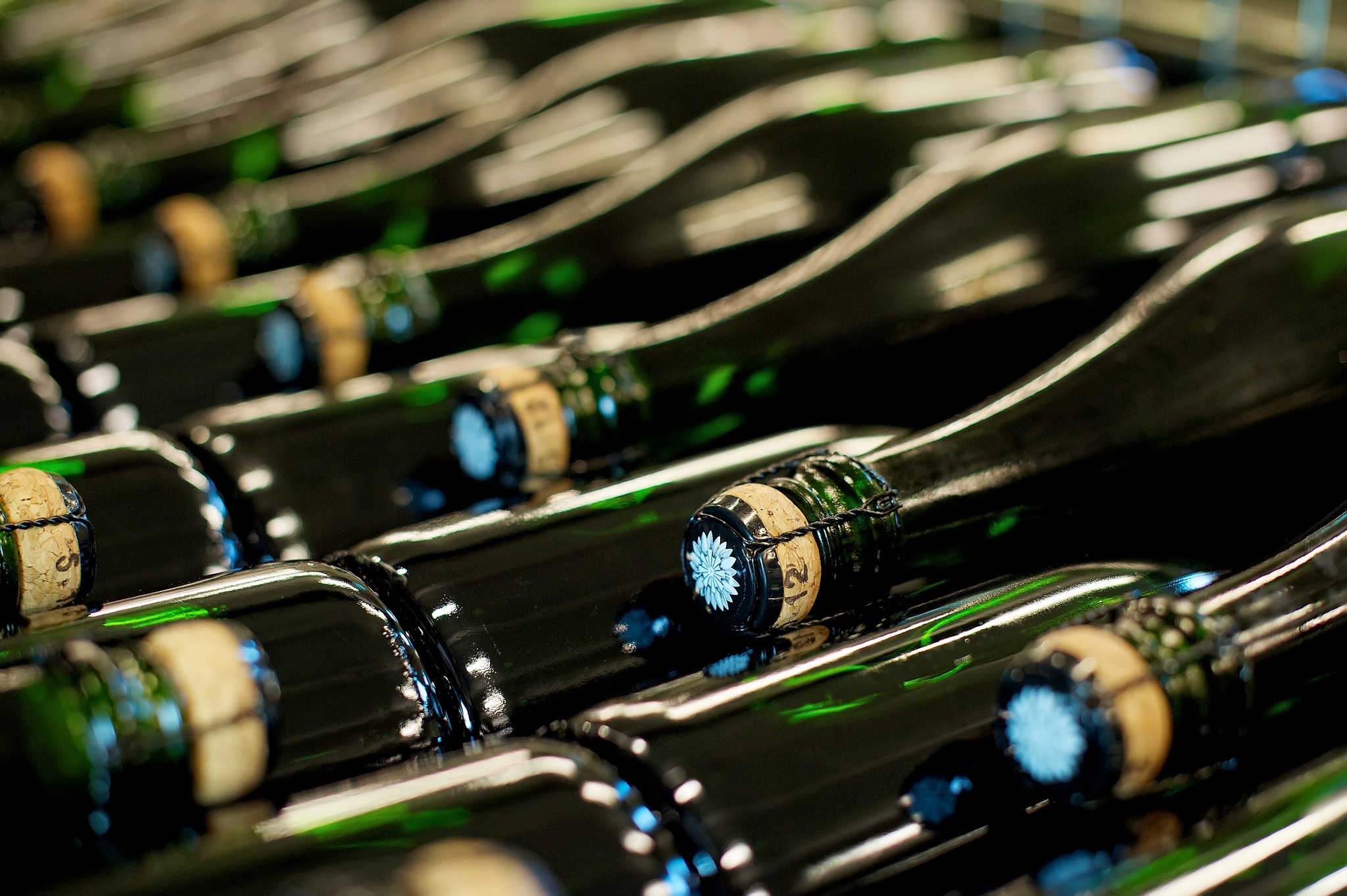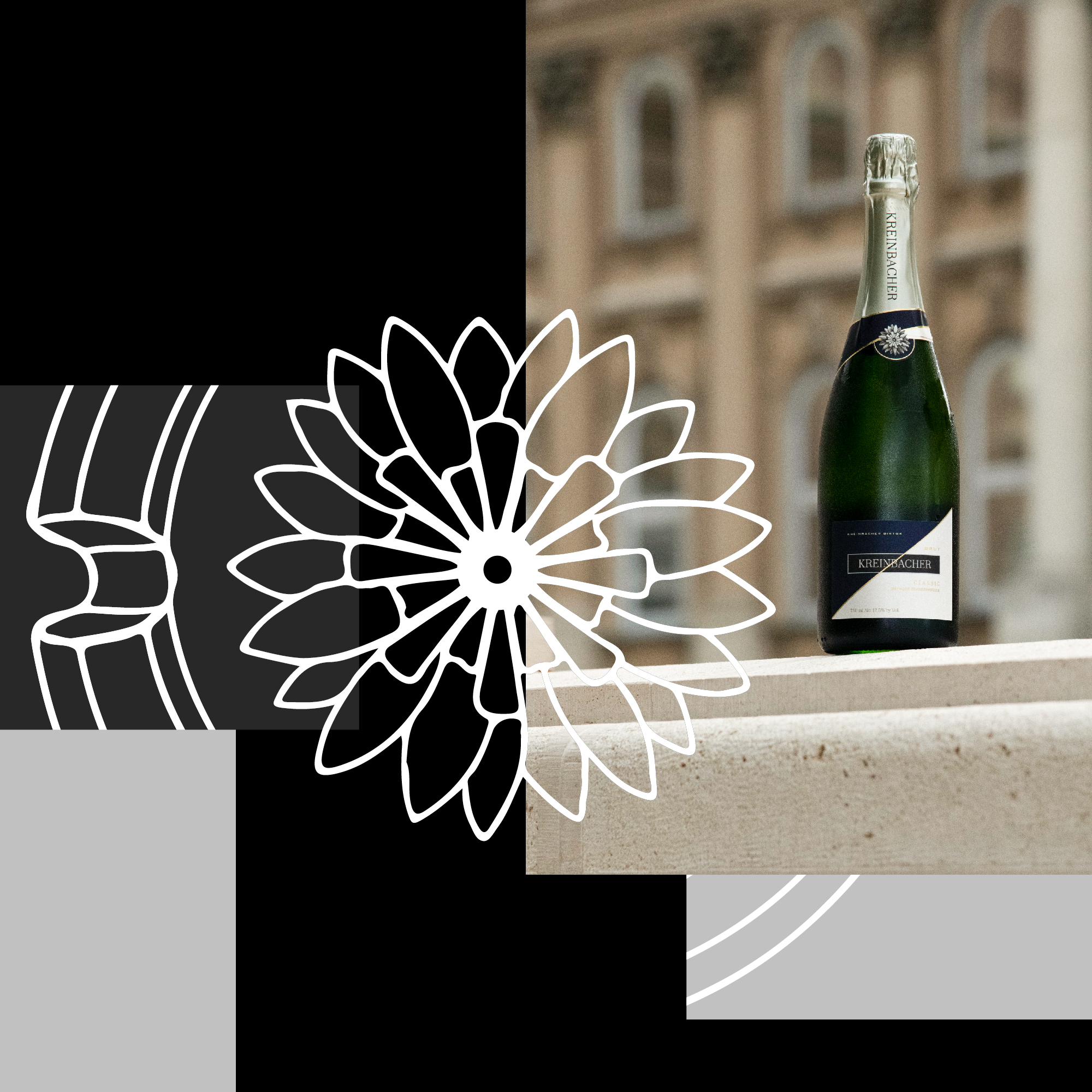
Around 200,000 hectoliters of sparkling wine are produced annually in Hungary.Continue reading

Compared to a decade or two ago, Hungary has made great strides in the production of quality sparkling wine, the Minister heading the Prime Minister’s Office said at the fifth Sparkling Wine Conference and Festival in Etyek (a wine region near Budapest).
Gergely Gulyás stressed that many people in Hungary have done a lot in recent times to make sparkling wines competitive with French champagne and to make them stand their ground in the international scene.
The pairing of sparkling wine with food is an important way forward in Hungarian gastronomy that could lead to a further increase in consumption.
The minister pointed out that the consumption of wine and champagne is declining in Europe, while in Hungary it is still fashionable to drink “bubbly,” and the sector is booming. However, the young generations are not drinking alcohol in quantities like their parents and grandparents used to, creating a big challenge for producers.
Alcohol consumption is not declining, but mixed drinks have entered the market, so it is a challenge to sell quality drinks such as sparkling wine in Hungary.

Hungarian Kreinbacher winery’s sparkling wines won several medals at the Decanter World Wine Awards 2023. Photo: Facebook/Kreinbacher Birtok Somló
Pál Rókusfalvy, the government commissioner for national wine marketing, highlighted that the national wine strategy had been prepared in the form of a 600-page book, preceded by many studies and research. He pointed out that the world alcohol consumption market is 40 percent beer, 30 percent spirits, and 23 percent wine, with a 10 percent global overproduction due to the decline in wine consumption. This sets the direction for domestic wine and sparkling wine producers, and understanding and tracking the tastes and drinking habits of young people in particular could mean increased consumption for the sector.
One of the most popular producer is the Kreinbacher winery in Somlóvásárhely, western Hungary. Kreinbacher’s wines and sparkling wines are unique in that they are based on local varieties and the millions of years of volcanic heritage of the terroir. Besides this brand, there are other well-known domestic sparkling wines that Hungarians are fond of, such as Törley, whose history goes back to almost a century and a half. There is also BB near Lake Balaton, producing sparkling wine since the 1950s. It remains one of the best known and most consumed wine and sparkling wine brands in Hungary.
Zsolt Feldman, Secretary of State for Agriculture and Rural Development at the Ministry of Agriculture, noted that five percent of the wine produced in Hungary will be sparkling wine, meaning 140-160,000 hecto-liters per year. He emphasized that
Hungarian sparkling wine is experiencing a renaissance, with an increasing number of wineries (now nearly 200), producing this drink, with most of the production covering the Upper Pannonia and Danube wine regions.
The politician also mentioned that Hungarian wine imports have been stagnating for years, while sparkling wine imports have increased somewhat, reflecting the growing domestic demand for sparkling wine. The largest markets for Hungarian sparkling wine exports, both in terms of value and volume, are Canada, Romania, Estonia, Sweden, and Latvia. However, the value of imported sparkling wines is much higher than that of exported products, posing a major challenge for the sector in the future.
Via MTI, Featured photo via Pixabay